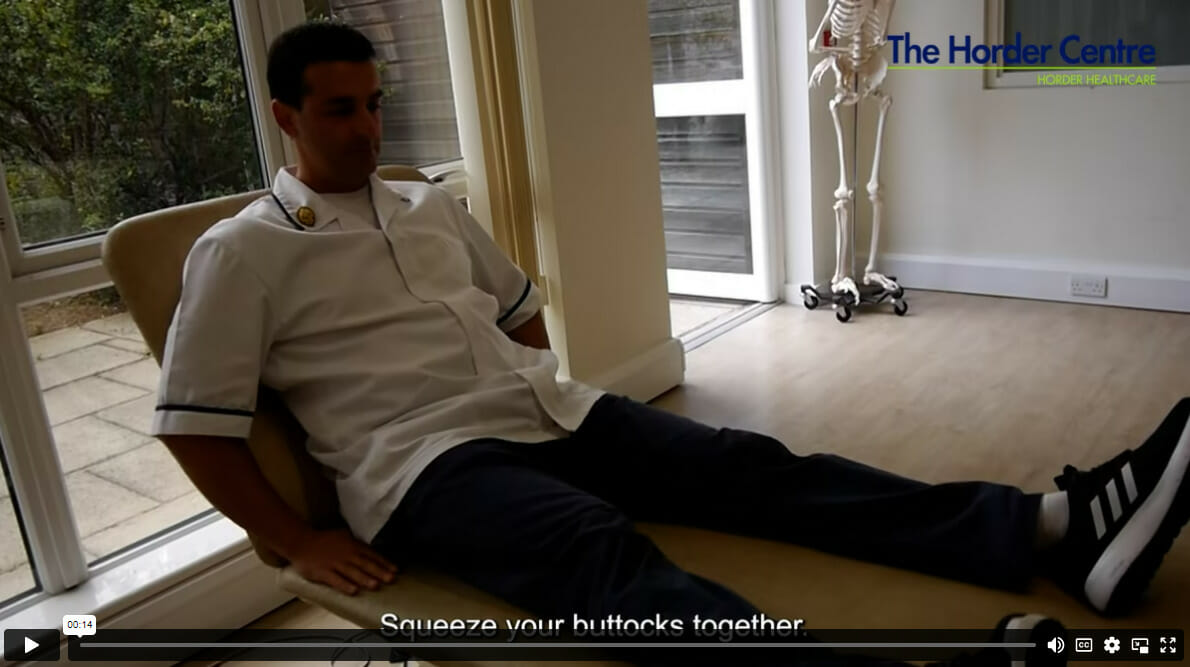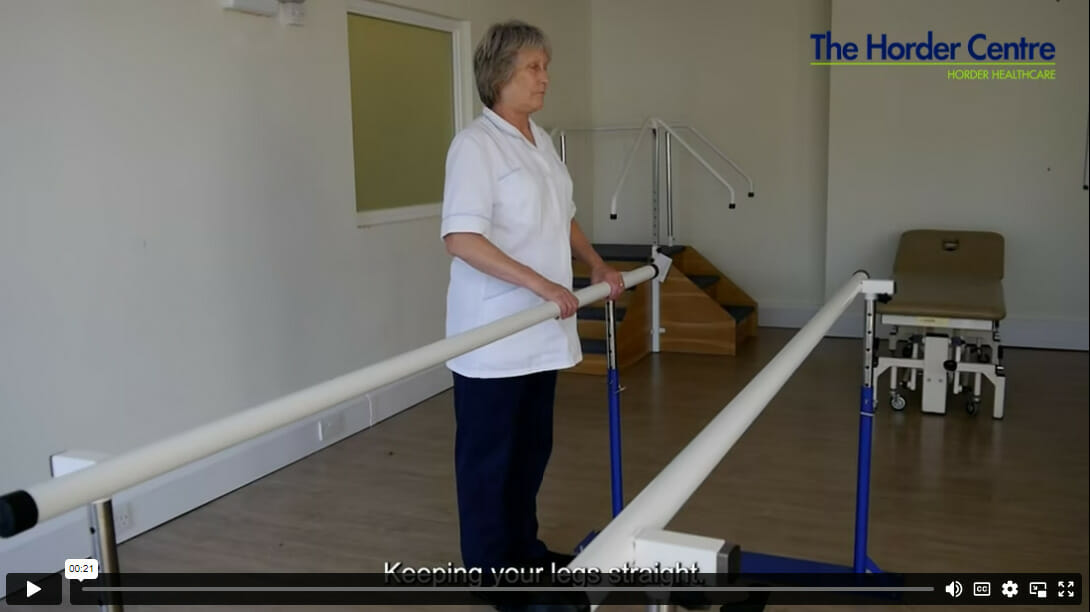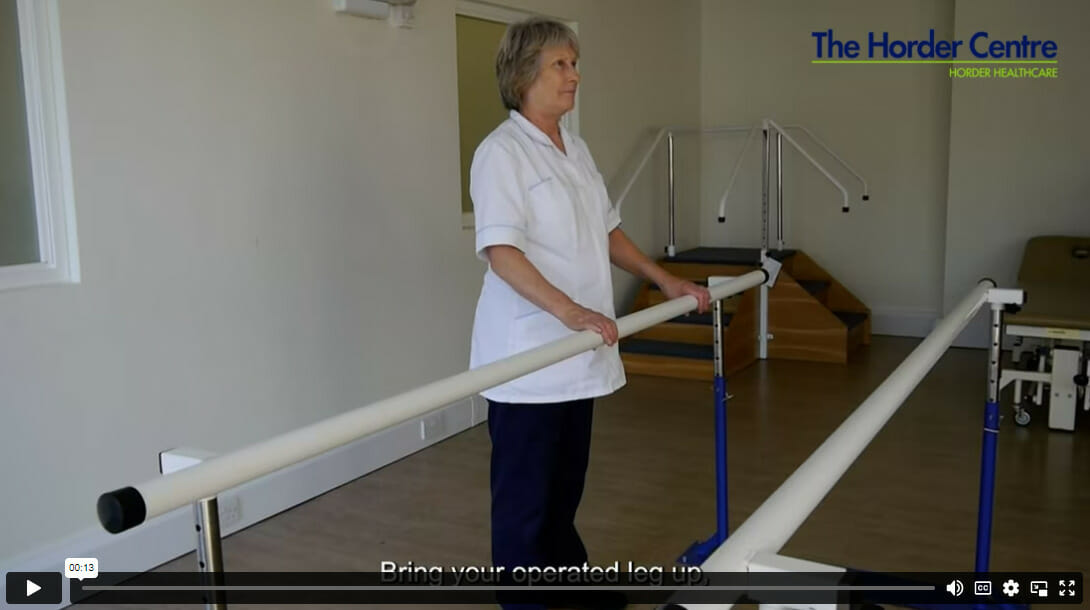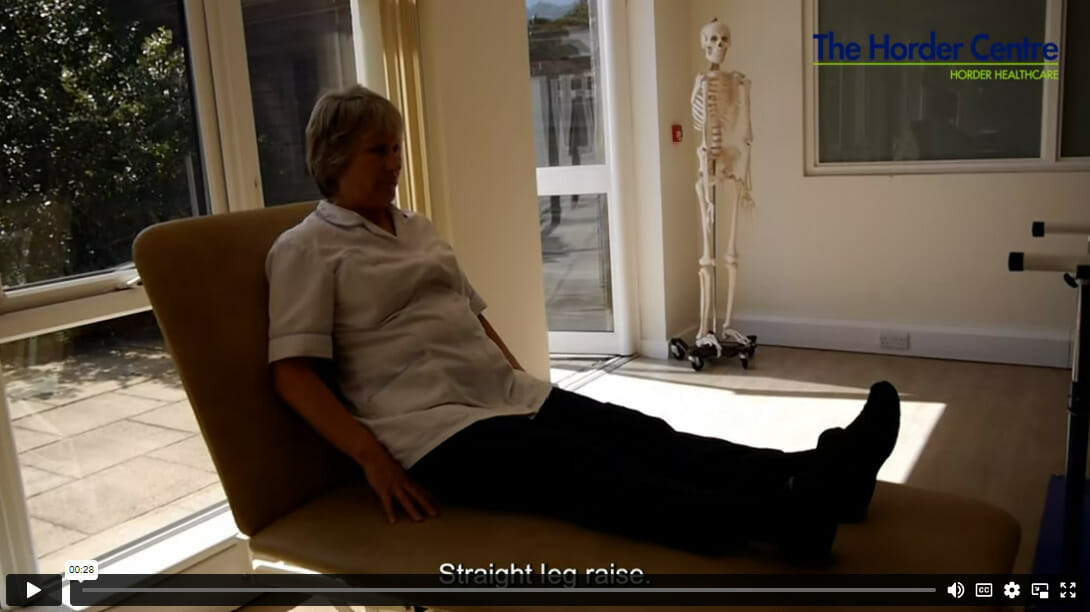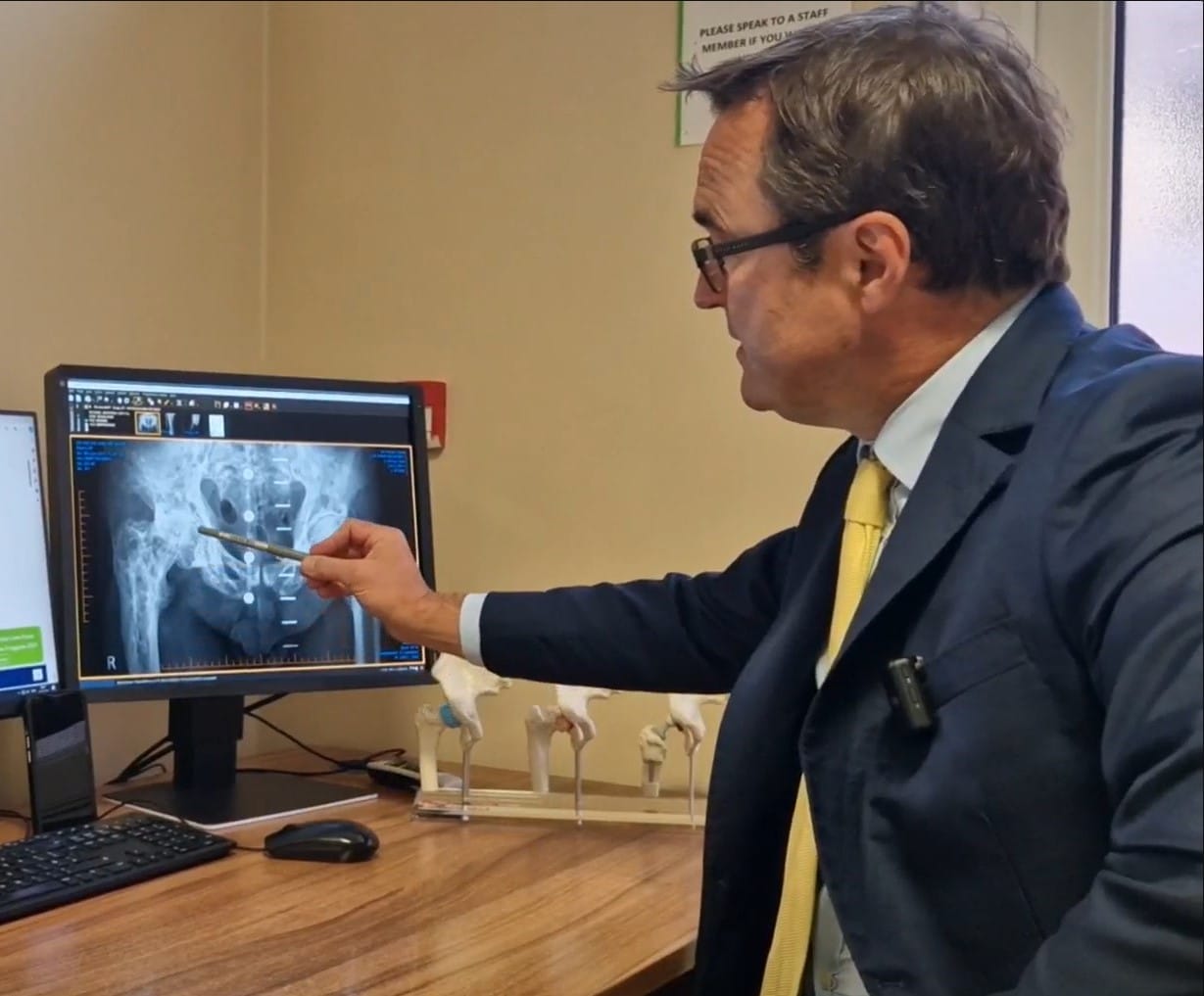Total hip replacement surgery is a major surgery that can be both physically and emotionally challenging. That’s why it needs a full recovery plan in place — to ensure that the body heals properly and to get you back to full health as quickly as possible.
How long is recovery after total hip replacement?
Recovery time after total hip replacement can vary from person to person.
If you follow an enhanced recovery programme, you are much more likely to recover quicker. Enhanced recovery — sometimes referred to as rapid or accelerated recovery — is an evidence-based approach that helps people recover from major surgery faster. Enhanced recovery programmes aim to get you back to full health and full mobility as quickly as possible.
Research has shown that the sooner a person gets out of bed and starts walking, exercising, eating and drinking after surgery, the shorter their recovery time will be.
The recovery period can happen in stages — there will be certain things you can do from day 1 post-surgery, and some activities that you will need to avoid for a while, like driving.
At first, recovery can seem tiring, especially when you are discharged. You may want to consider asking someone to help you at home for the initial week or so, because you won’t be able to do as much as you usually would.
Making a plan with your surgeon and physiotherapist to gradually increase your movement and daily activities — as well as setting some time aside to rest — will help you make the most of your recovery.
What to avoid after hip replacement
During the recovery period, there are certain activities and movements that will need to be avoided.
Until your hip is fully healed (which can be up to three months from surgery) you will need to avoid the following movements:
- Bending your hip further than 90° (a right angle) in any activity
- Twisting or pivoting the new hip joint
- Crossing your legs over each other
- Extremes of movement – such as squatting, sitting on low chairs and low toilet seats, getting into a bathtub and so on
- Applying pressure to the wound by lying on your side (in the early stages of recovery)
This guidance may vary based on your surgeon and physiotherapist’s recommendations.
You will also need to be careful to avoid falls during recovery. Wearing sturdy shoes with grip, using walking aids, removing trip hazards from your home and using non-slip mats in your bathroom can all help.
Other activities that need to be avoided include:
- Driving – this needs to be avoided for at least six weeks after your surgery
- Sex – refrain from having sex for six to eight weeks
- High-impact or extreme sports – your doctor or physiotherapist will let you know when you can return to these activities
- Heavy lifting
If you have any questions about the activities you need to avoid or want to know when you can do them again, speak with your doctor or physiotherapist.
Why is exercise important after total hip replacement surgery?
While it is important to rest after a total hip replacement, regular exercise is also important to help aid recovery.
Low-impact exercises and regular physical activity can help stabilise, strengthen and support the new joint. These types of activities can also speed up your recovery timeline, and lower the risk of post-operative complications.
You may feel a slight discomfort at first, but with time, this will improve as you build your strength up.
Best exercises after a hip replacement
Certain simple exercises can be done during total hip replacement recovery to build up your strength and mobility.
You will need to complete different exercises at the various stages of your recovery. It is recommended that you begin certain exercises as soon as you can after your operation, while other, more advanced exercises may be recommended from week 3 onwards.
It’s important that you follow the advice of your surgeon and/or physiotherapist carefully — everyone recovers at different rates and they will help to tailor your rehabilitation programme to suit your needs.
Below are some of the best exercises after a hip replacement to help build strength in your hip and aid recovery.
Ankle pumps
To perform ankle pumps, you’ll need to sit on a bed with your legs straight out in front of you. Then paddle your feet up and down — bend your ankle upwards, as if you're pulling your toes towards you, then relax that foot and repeat with the other foot.
Repeat this approximately 20 times.
Standing hip abduction
This exercise is performed while standing, and you may want a rail or chair to hold onto for support.
Keeping the legs straight, bring the operated leg out to the side as far as you can, then return it to the starting position. You will need to maintain an upright posture while completing this exercise. Repeat the exercise 10 times.
Standing hip flexion
Again, standing and using a chair or rail for support, bring the operated leg up towards your chest, bending at the knee. You want to lift the knee as high as is comfortable before bringing it back down again. Remember that you will need to avoid bending your hip further than 90° (a right angle).
Keep the body upright and repeat 10 times.
Straight leg raises
Sitting on a bed with legs out straight in front of you, raise one leg off the bed as high as you can. Hold the position for five seconds before lowering it carefully again. Repeat this exercise five times on each side.
You may find this movement difficult at first, but with practice, it’ll get easier.
Completing the above exercises regularly (your physiotherapist will tell you how often they should be performed) is an important part of recovering from a total hip replacement.
These exercises, along with gradually increasing your activity every day, will help to speed up the recovery, strengthen the new joint and help to prevent post-operative complications. Be sure to follow the guidance of your physiotherapist and surgeon throughout your recovery, and you’ll be on the right track.
For more information on hip replacements or our physiotherapy services, be sure to get in touch with us at The Horder Centre.
What makes Horder Healthcare unique
Horder Healthcare is committed to providing the very best quality of care for our patients and customers. We are continuously working on improving and reducing risks and this is reflected in our consistently high CQC results, patient satisfaction questionnaires and minimal levels of infection.
We are a charity
We reinvest our profit to benefit more people and help us achieve our aim of advancing health.





